Artists invented the first pigments—a combination of soil, animal fat, burnt charcoal, and chalk—as early as 40,000 years ago,
Creating a basic palette of five colors: red, yellow, brown, black, and white. Since then, the history of color has been one of perpetual discovery, whether through exploration or scientific advancement. The invention of new pigments accompanied the developments of art history’s greatest movements—from the Renaissance to Impressionism—as artists experimented with colors never before seen in the history of painting.
https://www.blogger.com/blogger.g?blogID=3299402437624277126#editor/target=post;postID=3596056252304844658;onPublishedMenu=welcome;onClosedMenu=welcome;postNum=0;src=postname
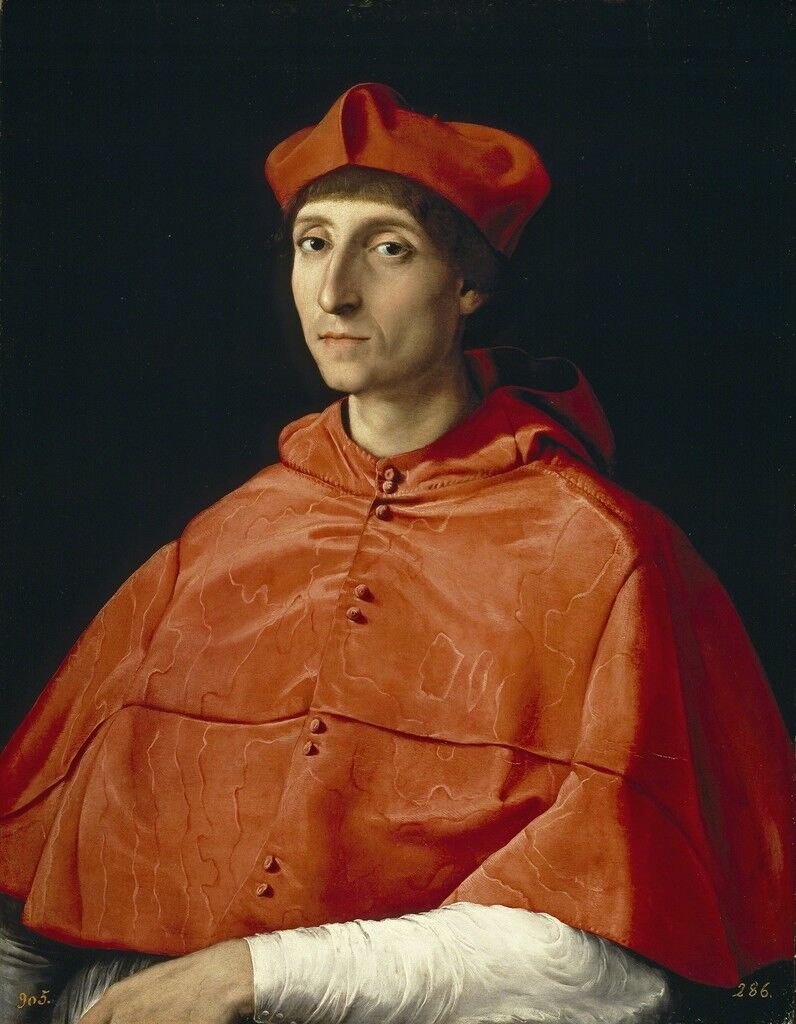

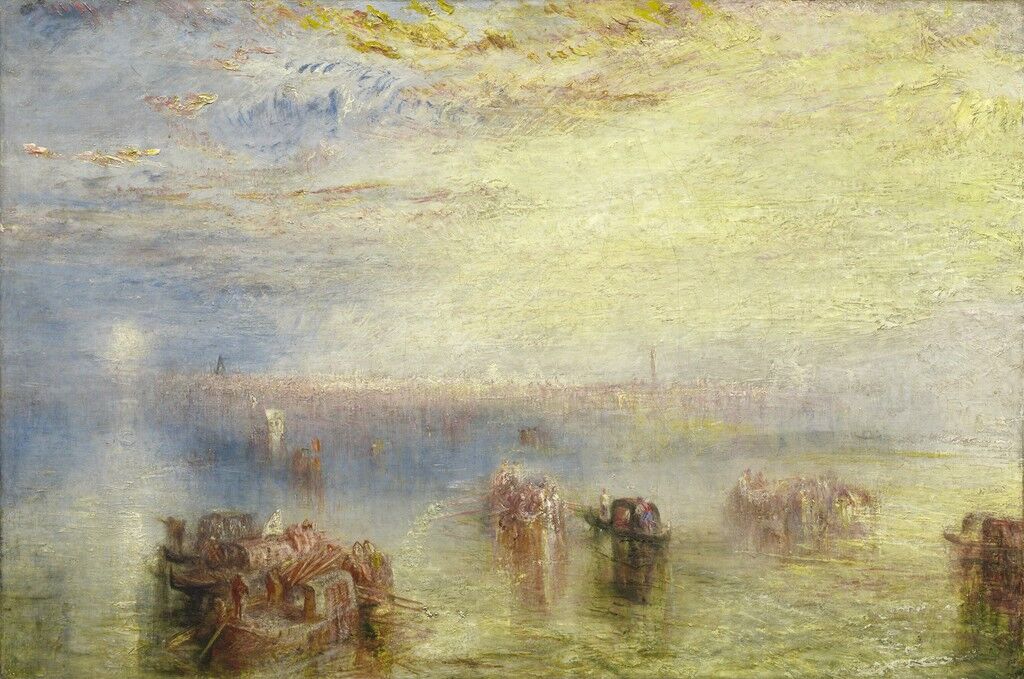
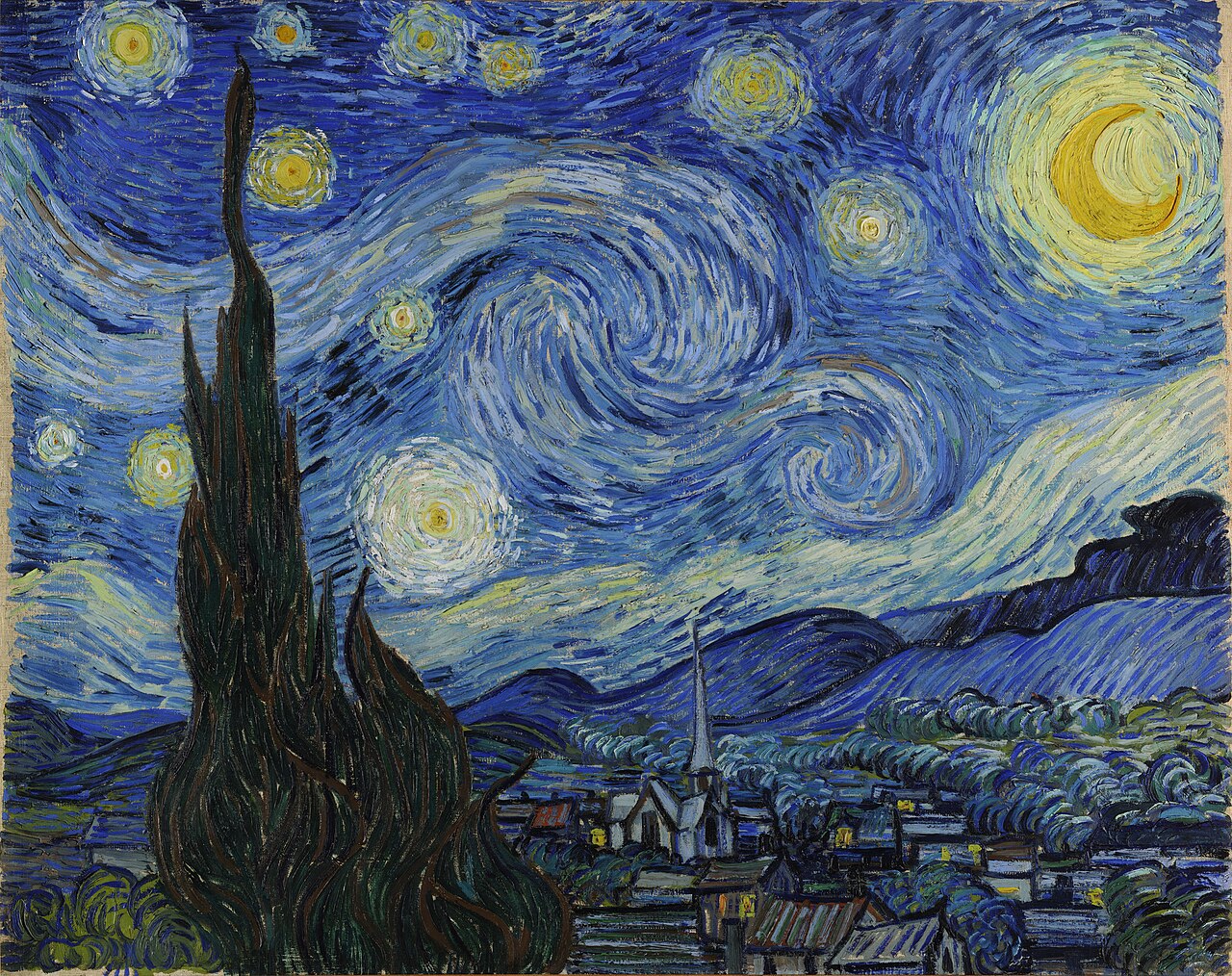
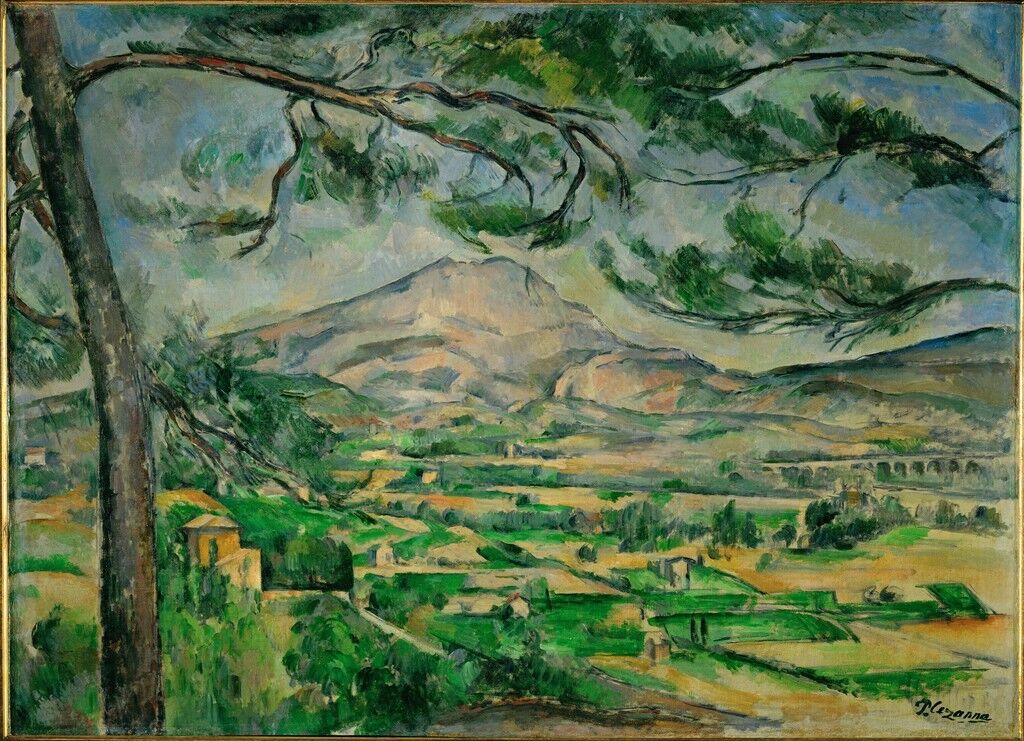
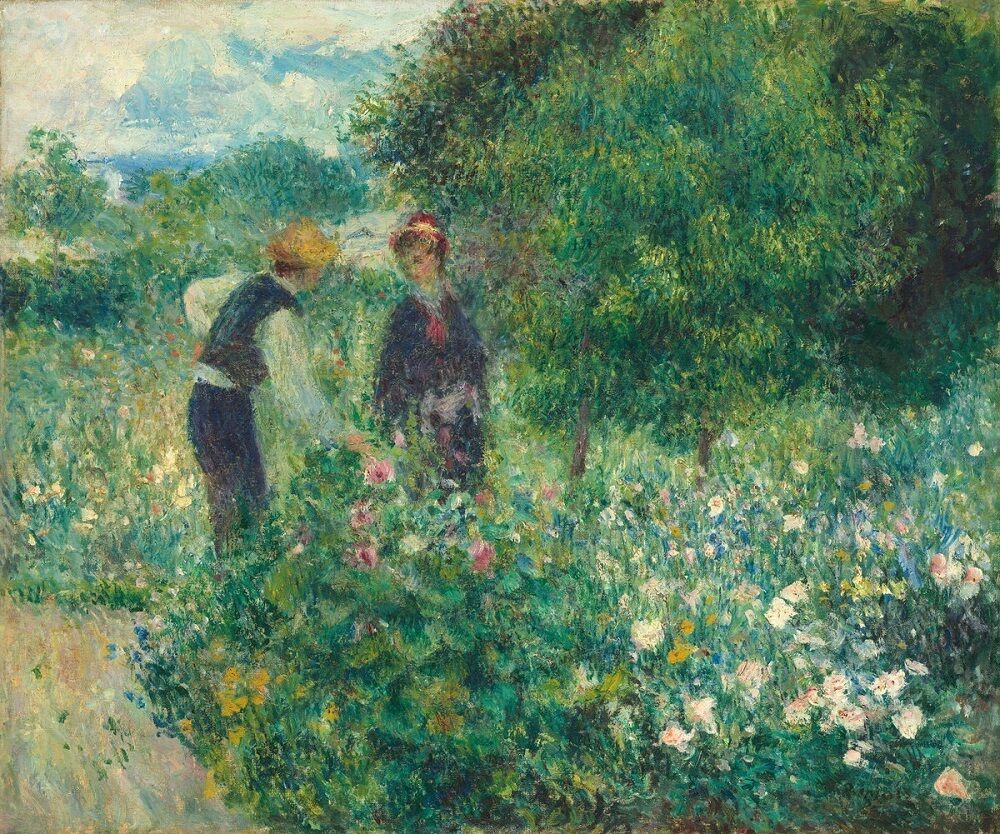
Creating a basic palette of five colors: red, yellow, brown, black, and white. Since then, the history of color has been one of perpetual discovery, whether through exploration or scientific advancement. The invention of new pigments accompanied the developments of art history’s greatest movements—from the Renaissance to Impressionism—as artists experimented with colors never before seen in the history of painting.
https://www.blogger.com/blogger.g?blogID=3299402437624277126#editor/target=post;postID=3596056252304844658;onPublishedMenu=welcome;onClosedMenu=welcome;postNum=0;src=postname
The Cardinal, 1510

Ever since the Medieval times, painters have depicted the Virgin Mary in a blue robe, choosing the color not for its religious connotations, but rather for its extreme price tag.

Mary’s iconic blue hue is called ultramarine blue, comes from the lapis lazuli, a gemstone that for centuries could only be found in a single mountain range in Afghanistan.

Approach to Venice, 1844
Joseph Turner used a watercolor Indian Yellow, a fluorescent paint derived from the urine of mango-fed cows.
Turner is in love and used the color, contemporaries stirred the British painter, writing that his images were looking like jaundice. For his sunny seascapes, For brighter touches, Turner employed the synthetic Chrome Yellow, a lead-based pigment known to cause delirium. Vincent van Gogh also painted his starry nights and sunflowers with this vivid and joyful Color. Van Gough, paintings gleam of sunlight warming his soul,

Green

Paul Cézanne
Mont Sainte-Victoire, ca. 1885-87
The Courtauld Gallery, London

Pierre-Auguste Renoir
Picking Flowers , 1875
Seattle Art MuseumGreen pigments have been some of the most poisonous in history.
While green gives the impression of grass, trees and nature its pigments have been some of the most poisonous in history. In 1775, the Swedish chemist Carl Wilhelm Scheele invented a deadly hue, Scheele’s Green, a bright green pigment laced with the toxic chemical arsenic. Cheap to produce, Scheele’s Green became a sensation in the Victorian era, even though many suspected the color to be dangerous for artists and patrons alike. The French emperor Napoleon Bonaparte’s bedroom wallpaper even featured Scheele’s Green, and historians believe the pigment caused the revolutionary’s death in 1821.
By the end of the 19th century, Paris Green—a similar mixture of copper and arsenic—replaced Scheele’s Green as a more durable alternative, enabling Claude Monet, Paul Cézanne, and Pierre-Auguste Renoir to create vivid, emerald landscapes. Used as a rodenticide and an insecticide, Paris Green was still highly toxic, and may have been responsible for Cézanne’s diabetes and Monet’s blindness. Not surprisingly, it was eventually banned in the 1960s.
https://www.artsy.net/article/the-art-genome-project-a-brief-history-of-color-in-art
Purple
The Impressionists, especially Monet, so loved the new hue as I do, that critics accused the painters of having “violettomania.”
I have finally discovered the true color of the atmosphere,” Claude Monet once declared. “It’s violet. The purple shadows and lavender specks of light. Much was owed much to an American portrait painter named John Goffe Rand. In 1841, Rand grew frustrated with the messy practice of storing paint in a pig’s bladder, which was the prevailing method for preserving pigments at the time, and invented a more practical and portable option: a collapsible paint tube made of tin. This enabled artists like Monet to paint plein air, easily transporting their color to outdoor locations to capture impressions of the environment, and in turn led to the production of nuanced, pre-mixed paint shades in tin tubes, such as Manganese Violet, the first affordable mauve-colored paint that meant artists no longer had to mix red and blue to make purple.
https://www.artsy.net/article/the-art-genome-project-a-brief-history-of-color-in-art
Black
The darkest pigment of the Old Masters, “bone black” is produced by burning animal bones in an air-free chamber.
The darkest pigment found in Old Masters paintings is aptly named “bone black,” and is produced by burning animal bones in an air-free chamber. While the Impressionists avoided black paint—finding areas of darkness to be filled with color—American artists in the ’50s and ’60s returned to the black with a vengeance. Frank Stella, Richard Serra, and Ad Reinhardt all created monochromatic black paintings, stripping the canvas of any subject matter other than the paint itself. Taken together, these painters prove that black is as nuanced a color as any other, capable of many permutations, tones, and textures. Speaking about his practice in 1967, Reinhardt quoted the Japanese painter and printmaker Katsushika Hokusai, saying, “There is a black which is old and a black which is fresh. Lustrous black and dull black, black in sunlight and black in shadow.”
White
Of all the pigments that have been banned over the centuries, the color most missed by painters is likely Lead White.
Of all the pigments—Chrome Yellow, Scheele’s Green, Paris Green—that have been banned over the centuries, the color most missed by painters is likely Lead White. This hue could capture and reflect a gleam of light like no other, though its production was anything but glamorous. The 17th-century Dutch method for manufacturing the pigment involved layering cow and horse manure over lead and vinegar. After three months in a sealed room, these materials would combine to create flakes of pure white. While scientists in the late 19th century identified lead as poisonous, it wasn’t until 1978 that the United States banned the production of lead white paint. In this era, Robert Rauschenberg, Robert Ryman, and Agnes Martin turned to titanium and zinc whites to create monochromatic white paintings, while artists like Dan Flavin bypassed pigments altogether in sculptures that emitted white light directly.
All this material I have treated you today is on the website address I provided, So interesting.
https://www.artsy.net/article/the-art-genome-project-a-brief-history-of-color-in-art
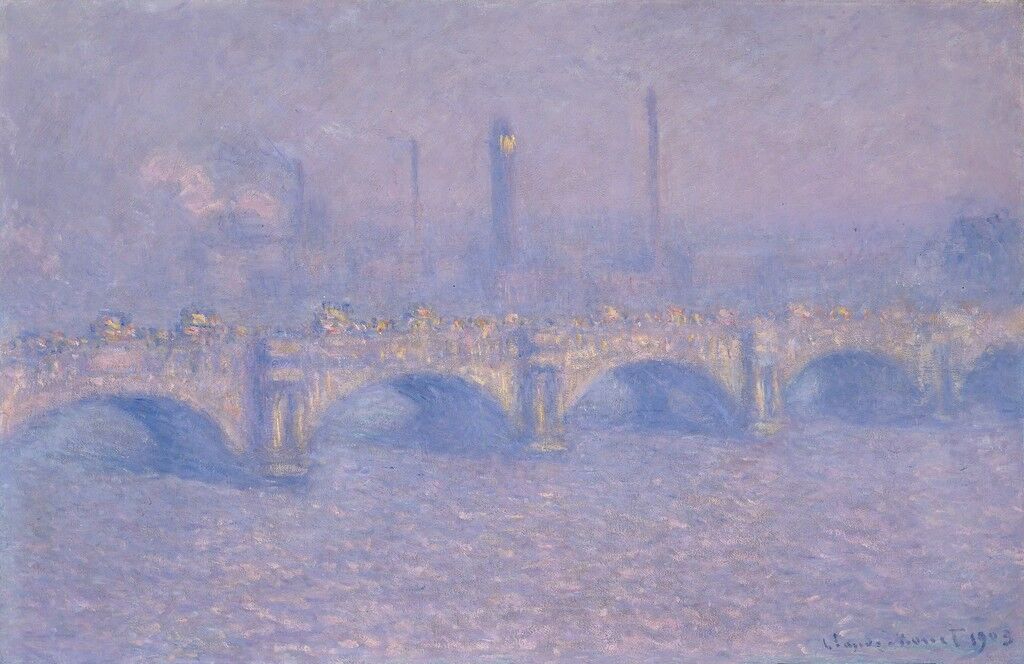
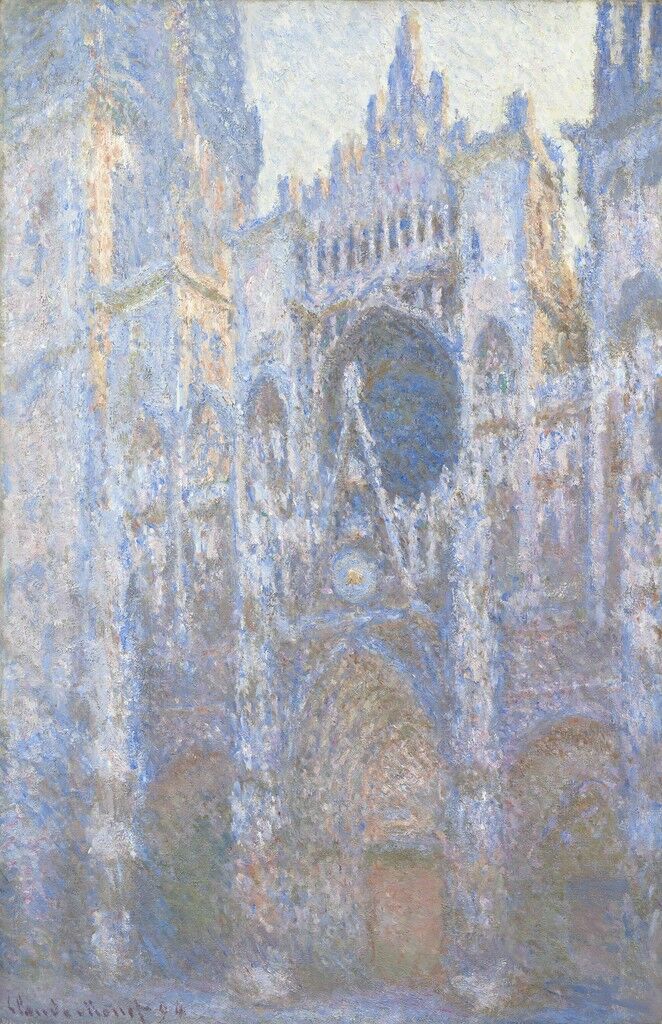
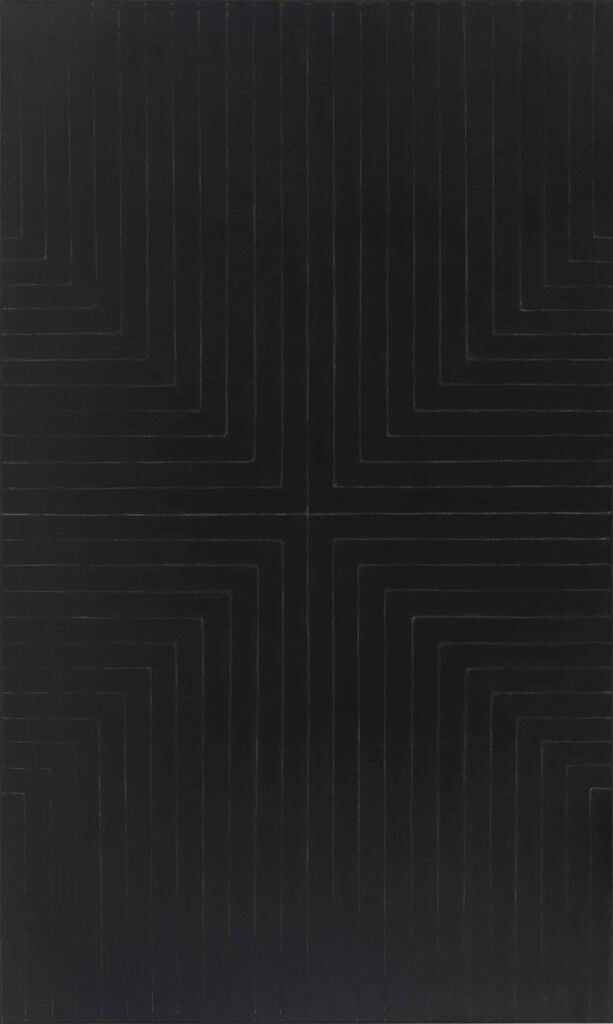
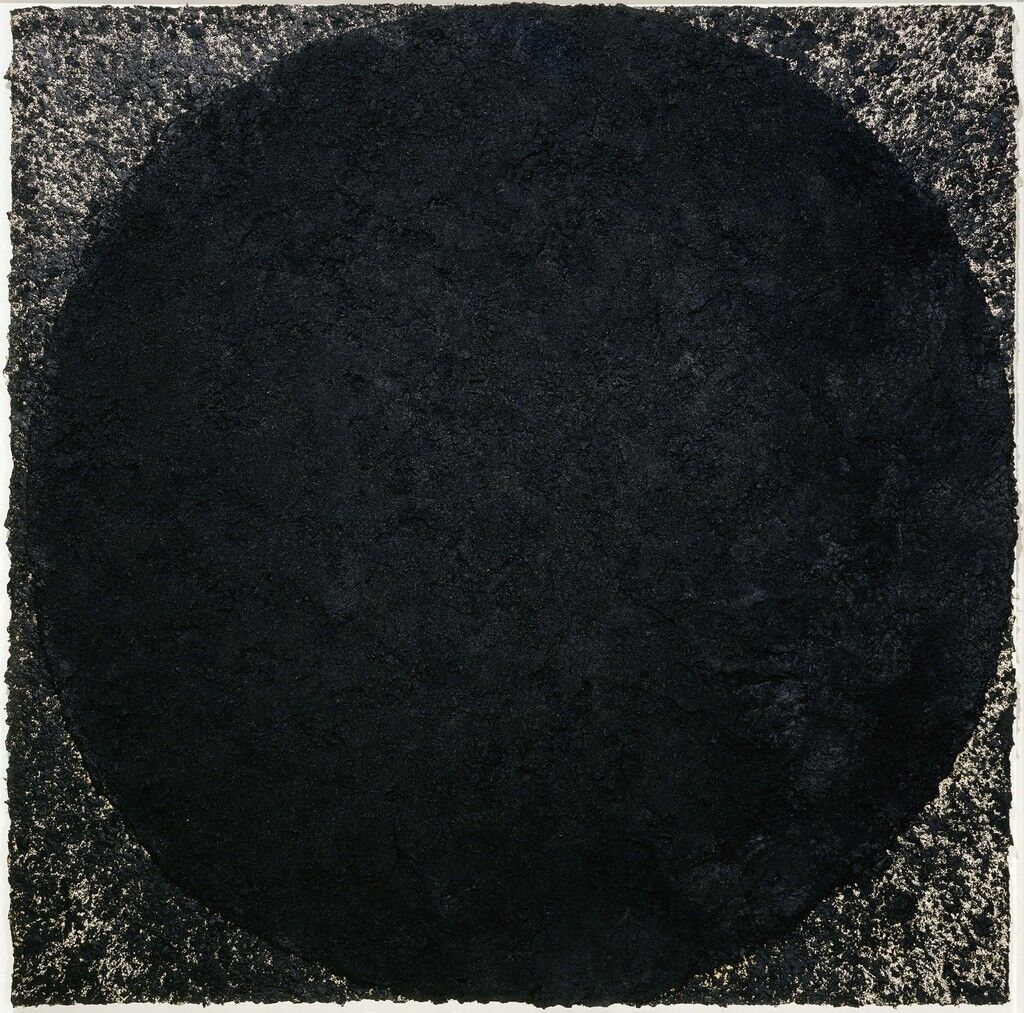
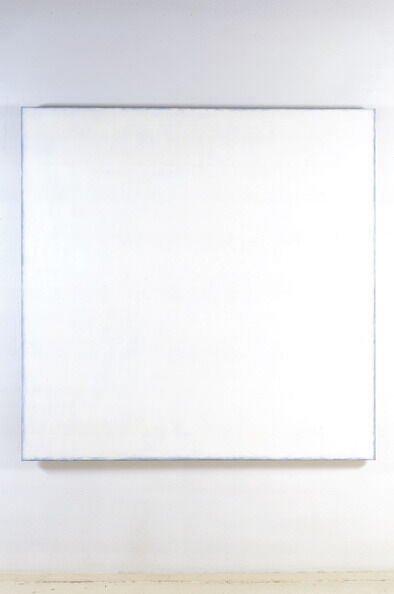

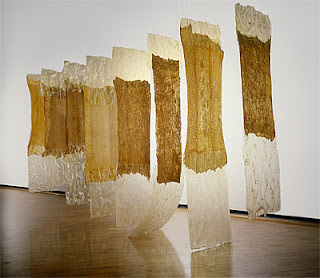

Comments
Post a Comment